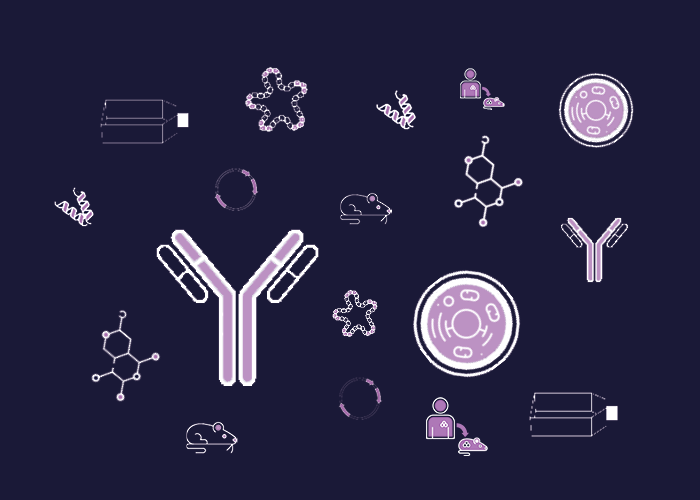
HeLa#18 rho-0 cell line
Availability: 8-10 weeks
Organism: Human
Tissue: Cervix
Disease: Mitochondrial Disease
Model: Genetically modified cell line
£575.00
This fee is applicable only for non-profit organisations. If you are a for-profit organisation or a researcher working on commercially-sponsored academic research, you will need to contact our licensing team for a commercial use license.
Contributor
Inventor: Mikhail Alexeyev
Institute: University of South Alabama Foundation for Research and Commercialization
Tool Details
*FOR RESEARCH USE ONLY (for other uses, please contact the licensing team)
- Name: HeLa#18 rho-0 cell line
- Parental cell: HeLa
- Organism: Human
- Gender: Female
- Tissue: Cervix
- Donor: 30 years 6 months
- Disease: Mitochondrial Disease
- Morphology: Epithelial
- Growth properties: Adherent
- Model: Genetically modified cell line
- Model description: Lacks mitochondrial DNA and all genes encoded there
- Crispr: No
- Conditional: No
- Description: HeLa cell line lacking mitochondrial DNA and oxidative phosphorylation. Auxotrophic for uridine and pyruvate. Can be used for generation of transmitochondrial cybrids, control in experiments studying mtDNA contribution to tumor initiation, promotion, malignant conversion, and progression.
- Production details: Prolonged incubation with an inhibitor of mtDNA replication followed by cloning
- Additional notes: Cells rely exclusively on glycolysis for their growth. Therefore, they tend to consume glucose faster than their WT counterparts, acidify the medium faster, and die as soon as they consume all glucose. Therefore, do not allow excessive medium acidification (an indicator of glucose depletion) and do not grow cells to high densities
- Recommended controls: WT HeLa cells
Handling
- Format: Frozen
- Growth medium: DMEM medium with 4.5 g/l glucose supplemented with 10% FBS, 50 ug/ml gentamycin, 50 ug/ml uridine and 1 mM sodium pyruvate
- Atmosphere: 5% CO2
- Shipping conditions: Dry ice
- Storage medium: (DMEM medium with 4.5 g/l glucose supplemented with 10% FBS, 50 ug/ml gentamicin, 50 ug/ml uridine and 1 mM sodium pyruvate)=45% + (Heat-inactivated newborn calf serum)=45% + 10% sterile DMSO
- Storage conditions: Liquid Nitrogen
- Initial handling information: Upon arrival, store the vial in liquid nitrogen. Quickly thaw the vial in a 37C water bath, transfer vial's content into a 15-ml centrifuge tube containing complete growth medium, pellet cells by centrifugation, remove the medium, resuspend the cells in 10 ml of prewarmed complete growth medium, transfer to 100-mm TC-treated petri dish, incubate @37C+5% CO2.
- Subculture routine: Do not grow to confluence and do not allow medium acidification. When the growth medium starts changing its color, immediately change the medium or passage cells. To passage, aspirate growth medium, wash with PBS (without Ca++ or Mg++), aspirate PBS, add 0.05% Trypsin in PBS, incubate @37C, 5% CO2 for 5-10 min, tap the vessel to dislodge cells, neutralize trypsin by adding 5 volumes of complete growth medium, disperse cells by trituration, plate 1:4 to 1:10 dilution
- Cultured in antibiotics: Gentamicin
- Characterisation tests: PCR of total genomic DNA for mtDNA. Western blot for mtDNA-encoded proteins. RT-PCR for mtDNA-encoded transcripts. Analysis of the respiratory capacity by a variety of techniques (e.g. respirometry, extracellular flux analysis, etc.)
- Str profiling: STR profile is available



